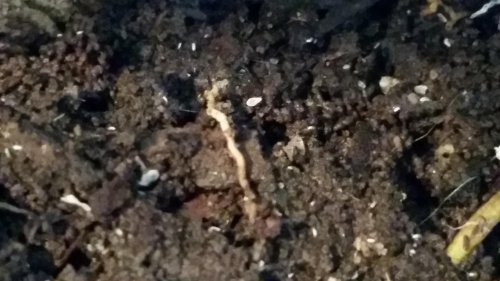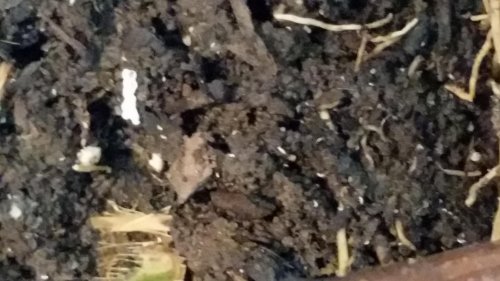VisionaryTrance
New Member
I was wondering if a Japanese privet (Ligustrum japonicum) and/or Corylus Avellana (aka Harry Lauder's walking stick) would be OK to put with my cham and if they are toxic at all.
I have gone to many nurseries and hadn't had luck finding a good plant.
I mainly need it because my present plant (that I was planning on upgrading on anyway) has very tiny white bugs in the soil. They aren't crawling up the trunks or leaves but they make me nervous.
Is there a way I can prevent these bugs from coming back in the future?
I have gone to many nurseries and hadn't had luck finding a good plant.
I mainly need it because my present plant (that I was planning on upgrading on anyway) has very tiny white bugs in the soil. They aren't crawling up the trunks or leaves but they make me nervous.
Is there a way I can prevent these bugs from coming back in the future?







